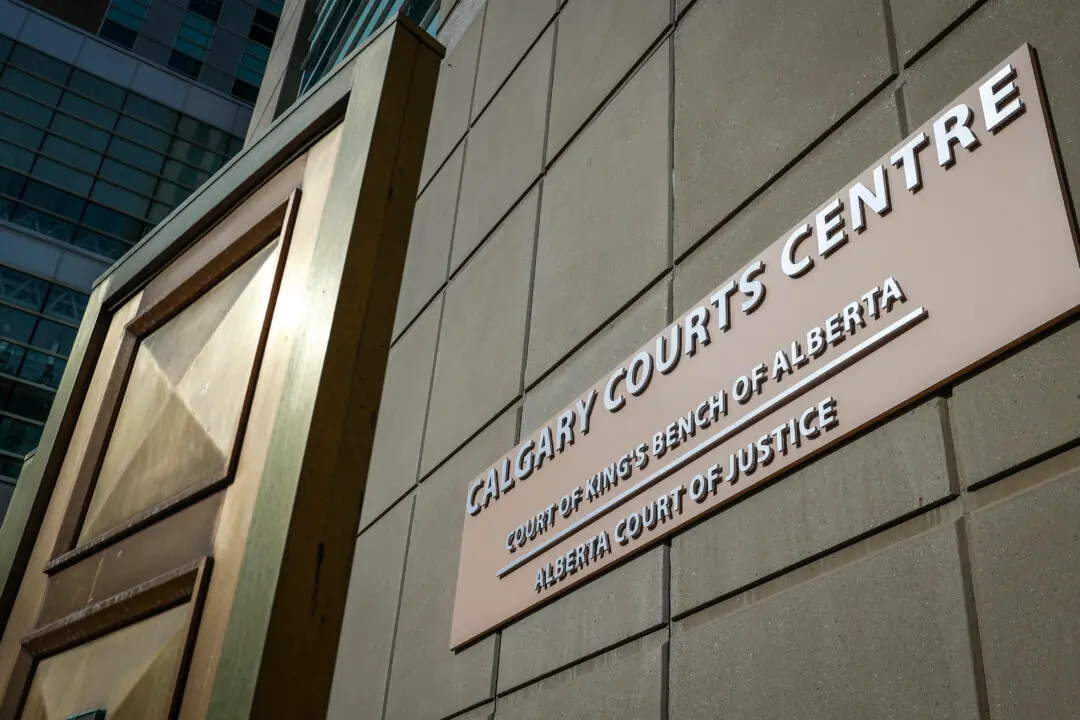An RCMP officer told a coroner’s inquest that he saw a dead man on the ground when he first responded to what would end up being a massacre on a Saskatchewan First Nation.
Const. Tanner Maynard said on Jan. 17 that RCMP had already received four complaints about stabbings when he responded to the first home on the James Smith Cree Nation on Sept. 4, 2022.
Const. Maynard saw Robert Sanderson, who was already dead. The officer’s partner, Const. David Miller, went to check on Brandon Genereaux, Robert Sanderson’s son.
“He was covered in blood,” Const. Maynard said of Mr. Genereaux.
Robert Sanderson was among the 11 people killed by Myles Sanderson on the First Nation and in the nearby village of Weldon. Seventeen were injured.
Myles Sanderson, 32, died in police custody a few days later.
Const. Maynard described the dead and injured he saw as he went to different houses on the First Nation northeast of Saskatoon.
The inquest, which started on Jan. 15 in Melfort, is to establish the events leading up to the killings, who died, and when and where each person was killed.
A second inquest focusing on his death is scheduled for February.
Const. Maynard became emotional as he spoke of how he found Carol Burns dead inside another home. The officer also saw the woman’s son, Thomas Burns, who had been killed outside.
The officer testified he told survivors in the house to take their children somewhere safe. Const. Maynard said he had to keep moving to different locations.
Family members cried and held each other as Const. Maynard described the horrific scenes left behind by the killer.
The inquest has heard how Myles Sanderson and his brother, Damien Sanderson, caused chaos in the community in the days before the attacks.
Staff Sgt. Robin Zentner, with the RCMP major crimes unit, testified earlier this week that Mounties uncovered texts between the brothers and some victims that mentioned drug sales and debts.
But Staff Sgt. Zentner said there’s no indication the killings were gang-related. Some were clearly random.
Damien Sanderson was the first person killed. Myles Sanderson then went from home to home, armed with a knife, kicking in doors and stabbing people.
RCMP have said because the killer is dead, people may never get all the answers about what happened.
Earlier on Jan. 17, the top Mountie at the Melfort detachment testified officers have a lot on their plates.
“Our officers are being pressed,” said Staff Sgt. Ryan Case said on Jan. 17.
Staff Sgt. Case was not in charge of or working at the detachment on the day of the attacks.
He told the inquest the detachment has 16 officers, including 13 constables who work on the front lines, and serves a population of about 15,000.
The detachment is staffed 20 hours a day and officers are on call from 4 a.m. to 8 a.m.
Chelsey Stonestand, speaking for the family of Bonnie and Gregory Burns, a mother and son who were killed, told the inquest the detachment wasn’t staffed when the stabbings began on that Labour Day weekend.
She asked whether schedules are changed for long weekends. Staff Sgt. Case said in some cases they are.
He said the detachment works with other RCMP units, including on drug investigations. Officers monitor warrants and are involved in some cases when people are unlawfully at large, he said, but the RCMP in Saskatchewan also have a separate warrant suppression team.
Myles Sanderson, who had a record of violent assaults, received statutory release earlier in 2022, but was unlawfully at large at the time of the killings.
Darryl Burns, whose sister Gloria Burns was killed, asked during the inquest for details on how RCMP respond to warrants issued by Saskatoon police, as was the case for Myles Sanderson.
“It seems like Myles wasn’t very high priority for anyone to apprehend,” Darryl Burns said.
Keith Brown, the lawyer representing the First Nation, has said he is looking for more information from the officers on the scene about how RCMP responded.
The First Nation also wants to highlight how the parole board should be working with Indigenous communities to notify them when members are released from prison, Mr. Brown said.
He asked Staff Sgt. Case how Mounties notify communities about warrants or people who are unlawfully at large.
“It’s not a routine thing,” Staff Sgt. Case said.
The officer also described having a good relationship with the First Nation’s security team, which was created after the killings. Staff Sgt. Case said the RCMP is working to strengthen communication and establish regular meetings with the security team.
“It is a work in progress,” he said.
The inquest is scheduled for at least two weeks.







